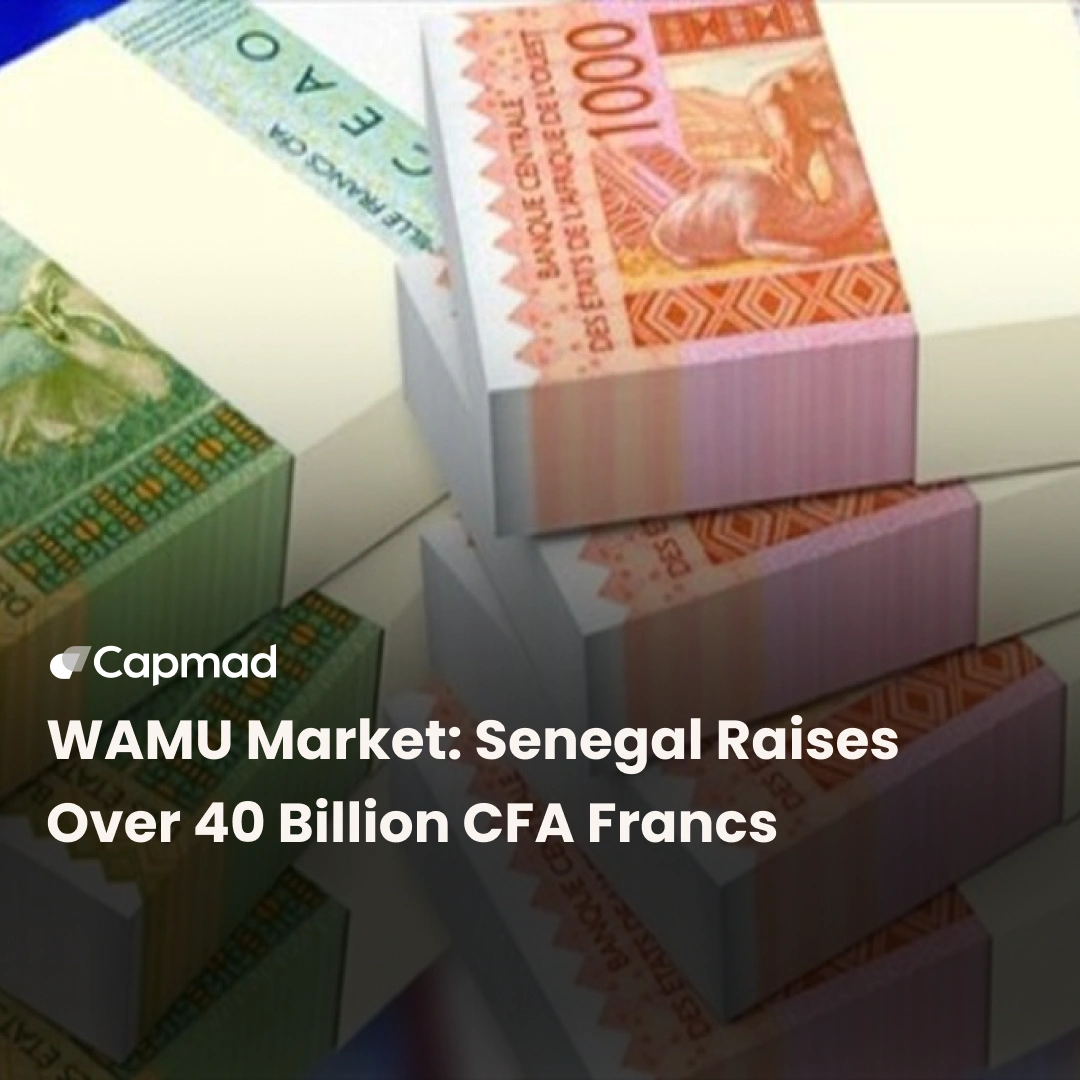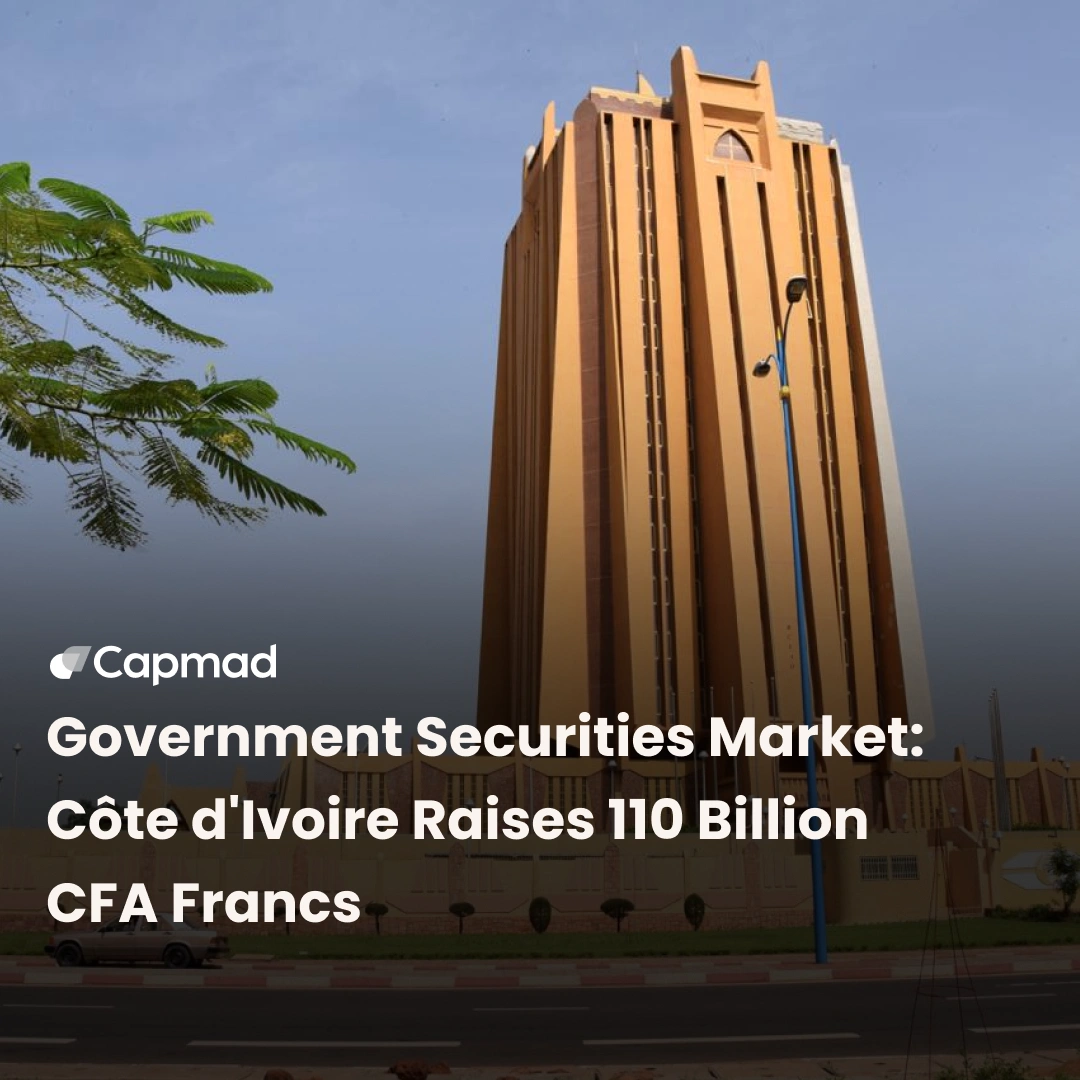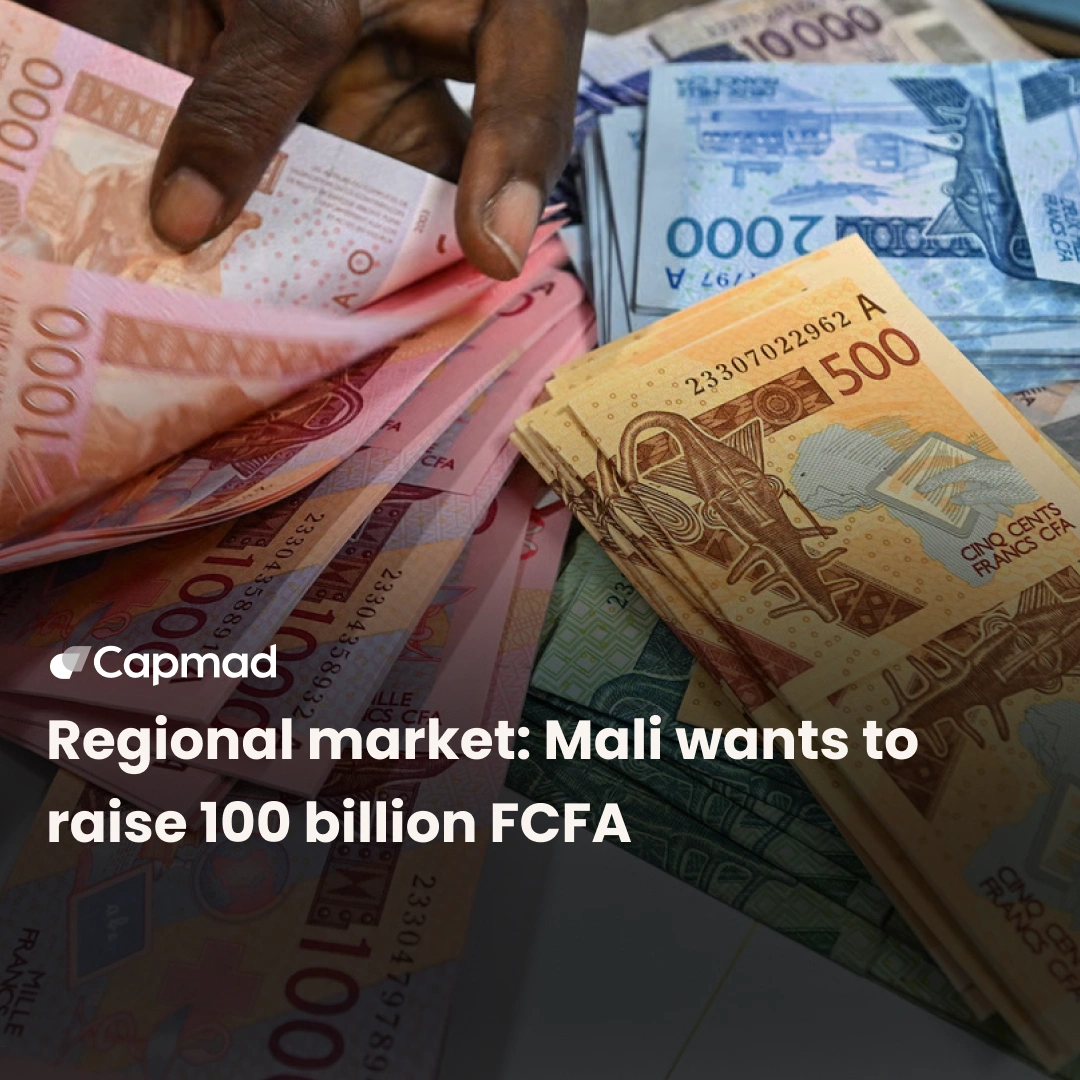As the urgency of climate change grows, calls for an overhaul of the global financial architecture to make it more climate-resilient are beginning to intensify. In addition to the global energy transition, many vulnerable countries face economic challenges related to debt and poverty.
Climate inequalities : Disproportionate impacts
Africa’s carbon footprint constitutes a mere 3.8 % of the world’s greenhouse gas (GHG) emissions, in stark contrast to the global North’s substantial contribution of 90 %. However, paradoxically, the African continent bears the brunt of climate change’s detrimental effects. In recent years, the southern region has been battered by devastating cyclones, while floods have wreaked havoc in the western region. Meanwhile, the Horn of Africa is grappling with prolonged droughts.
These disasters, aside from causing significant material damage, have triggered food and water shortages, posing a grave concern for a continent heavily reliant on agriculture and livestock for its economy. Furthermore, climate change has ushered in social repercussions, such as increased school dropouts among children and a surge in early marriages. Addressing these challenges is imperative to mitigate the adverse impacts of climate change on Africa’s environment, economy, and society.
Impact of climate funds
The Global Center on Adaptation (GCA) asserts that Africa needs an annual investment of 80 million GBP or 100 billion USD by 2035 to bolster its climate resilience. However, the continent currently only receives 3 % of global climate finance, with 14 % originating from the private sector, as reported by the African Development Bank (AfDB). This insufficient funding for climate adaptation could potentially result in a loss of up to 4.8 billion GBP or 6.06 billion USD in benefits over the next decade.
Given this funding gap, African nations face the challenging dilemma of prioritizing between climate resilience, poverty reduction, and debt repayment. According to GCA Chair and former UN Secretary-General Ban Ki-moon, the current scenario forces countries to make difficult choices that should not be necessary.
Furthermore, there’s a concerning trend of declining global development funding for Africa. In 2022, bilateral official development assistance (ODA) flows from OECD Development Assistance Committee member countries to Africa amounted to 34 billion USD, representing a 7.4 % decrease compared to 2021. This declining support exacerbates the challenges faced by African nations in addressing climate change and achieving sustainable development goals.
New global financial architecture
Africa’s inaugural climate summit delves into the prospect of utilizing carbon pricing to fund climate resilience efforts. However, notable dignitaries at the summit raise concerns regarding the issue of historical responsibility for carbon emissions. Consequently, African nations are urged to explore alternative avenues for financing.
In addition to considering global carbon taxes, there is growing advocacy for financial reforms, including African debt relief, as a viable means of generating additional climate finance. Many countries on the continent grapple with the challenge of balancing their development priorities, such as education and healthcare, with urgent climate action. Debts exacerbate this situation, as illustrated in the overview of the debt crisis in South Africa.
Working with multilateral development banks
Developed nations and global financial institutions, including the 550 members of the Glasgow Financial Alliance for Net Zero, are urged to ramp up concessional finance. Initiatives such as the World Bank’s « Roadmap for Change », aimed at enhancing Multilateral Development Banks (MDBs), should prioritize bolstering the Green Fund. Grants from this fund play a crucial role in assisting developing countries in achieving their development objectives, notably in combating climate change and enhancing access to clean energy.
Foreseeable investments are anticipated to be directed towards environmental transitions, with a particular emphasis on expanding access to renewable energy in regions vulnerable to climate-related challenges. African governments are encouraged to spearhead regional initiatives leveraging their natural resources to generate clean energy.
The International Development Association (IDA), serving as the concessional lending arm of the World Bank, stands as a pivotal mechanism for supporting Africa. It already serves as the primary source of concessional financing for the continent, with African nations accounting for 75 % of commitments. Strengthening such instruments is essential for advancing sustainable development across the continent.
COP28 : Loss and Damage Fund Agreement
The« Loss and Damage » Fund agreement emerges as a crucial avenue for financing climate change adaptation efforts. Initially proposed at COP 27 in Egypt, the initiative gained approval for implementation following a vote at COP 28 in the United Arab Emirates. This historic agreement, long advocated for over three decades, aims to provide financial compensation to countries disproportionately affected by climate change.
However, the final declaration of the agreement lacks a definitive figure for the funding amount, raising concerns about its efficacy. Financial pledges currently stand at 655 million USD, which is a mere fraction of the 580 billion USD annually required by 2030 to adequately address climate-related challenges.
Simultaneously, progress is being made with the establishment of the Santiago Network, a technical assistance platform designed to support vulnerable countries. Expected to be operational by 2024, this network will facilitate countries in submitting requests for assistance in assessing loss and damage, paving the way for potential funding from the Loss and Damage Fund.
While discussions on comprehensive climate solutions continue, agricultural organizations are also taking proactive steps. Entities such as AICCRA and the International Livestock Research Institute are actively promoting resilient farming techniques to enhance productivity and enable farmers to better cope with climate disruptions. These efforts underscore the importance of both financial mechanisms and practical solutions in addressing the impacts of climate change on vulnerable communities.






